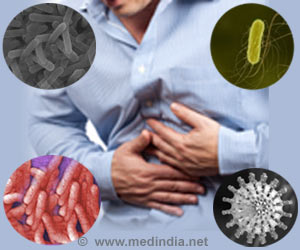Salmonella bacteria live in the intestines of people, animals and birds. Most people are infected with salmonella by eating foods that have been contaminated.

‘Outbreaks due to Salmonella are on the rise, with S. Enteritidis causing one in six food-borne disease outbreaks in 2016.’





"The increase shown by our surveillance data is worrying and a reminder that we have to stay vigilant," said Mike Catchpole, ECDC's Chief Scientist. "Even in a state of high awareness and with national control programmes for S. Enteritidis in place, there is a need for continuing risk management actions at the Member State and EU level," he added. Marta Hugas, EFSA's Chief Scientist, said: "The decrease of Salmonella has been a success story in the EU food safety system in the last 10 years. Recent S. Enteritidis outbreaks contributed to a change in this trend in humans and poultry. Further investigations by competent authorities in the field of public health and food safety will be crucial to understand the reasons behind the increase."
There were 94 530 human cases of salmonellosis reported in the EU in 2016. S. Enteritidis - the most widespread type of Salmonella, accounted for 59% of all salmonellosis cases originating in the EU and is mostly associated with the consumption of eggs, egg products and poultry meat.
Campylobacter and Listeria
Campylobacter, the most reported food-borne pathogen in humans, was detected in 246 307 people, an increase of 6.1% compared with 2015. Despite the high number of cases, fatalities were low (0.03%). Levels of Campylobacter are high in chicken meat.
Advertisement
Salmonella food-borne outbreaks increasing
Advertisement
Salmonella bacteria were the most common cause of food-borne outbreaks (22.3%), an increase of 11.5% compared to 2015. They caused the highest burden in terms of numbers of hospitalisations (1,766; 45.6% of all hospitalised cases) and of deaths (10; 50% of all deaths among outbreak cases).
Salmonella in eggs caused the highest number of outbreak cases (1 882).
Source-Eurekalert













